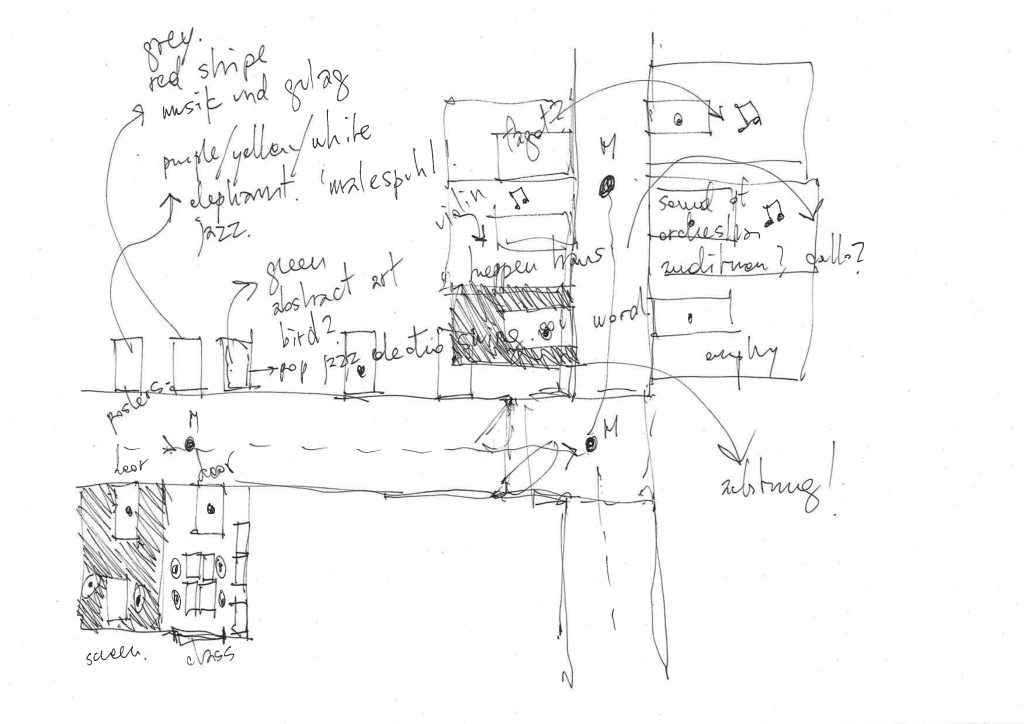Counter-Mapping

Fig. 3.0: Mapping Soundscapes, 2024.
Counter-mapping is the practice of mapping that which is unseen or omitted on conventional maps. Counter-maps often play with framing, scale, and priorities among the social and physical geographies represented. Like any conventional map, counter-maps express a selective agenda and a hierarchy of realities represented. They may instigate debates by surprising the reader with choices that challenge the assumptions most of us make intuitionally, based on the conventional maps they are commonly exposed to.
Participants are assigned a region to explore and map, each with attention to a different experience of space, such as limited mobility, odors, sounds, or energy employed to move about the landscape.
Possible takeaways
This exercise creates awareness for the design choices behind every map, scientific, political or artistic. In the shoes of counter-geographers, participants make these choices consciously and without defaulting to conventional iconographies. Critically discussing choices made in the process helps critically analyze maps as expressions of historically specific political agendas.
